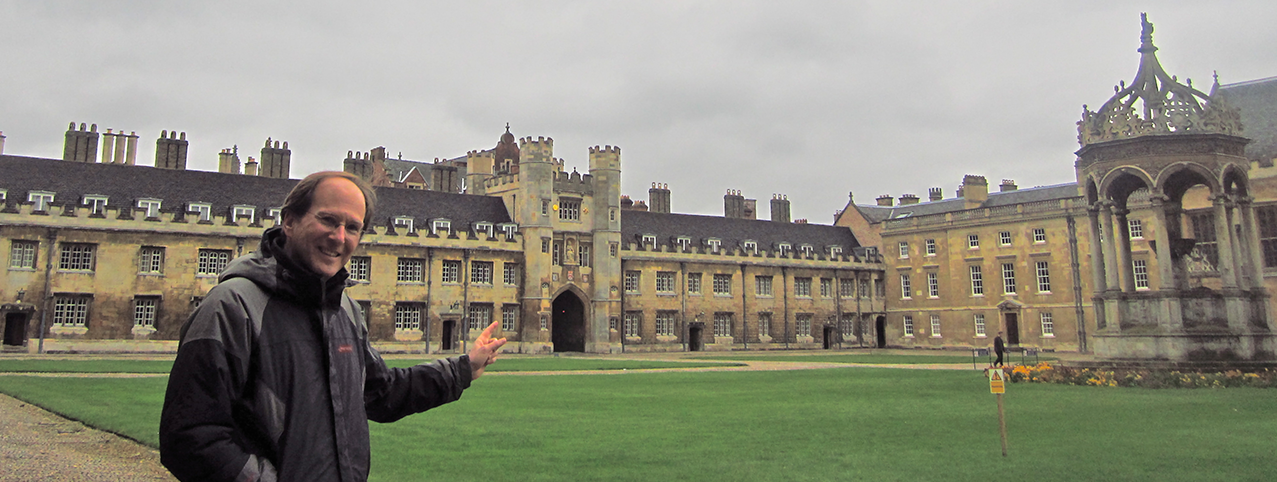Applied Mathematician Bernard Chazelle uses math and computers to explain the movements of flocks of birds and other large groups of living things. What's the largest group of animals or insects …
Chad Topaz
During the early days of the covid-19 pandemic, New York City Mayor Bill de Blasio worried about the spread of the virus in city jails. To reduce that spread, the mayor announced that people who were …
Erika Tatiana Camacho
Applied Mathematician Erika Camacho and many other students learned so much from their high school math teacher that some of them were accused of cheating on the AP calculus test. How did your best …
Fern Hunt
How can a triangle help mathematicians predict how likely a driver is to choose any one of three different paths to her destination? Which kind of triangle best models that situation? And what does …
Steven Strogatz
SWARMSOFSYNCHRONOUSLYFLASHINGFIREFLIES Poetry? Well, yes, and also one of the ways Applied Mathematician Steven Strogatz describes his work. The author of Sync: How Order Emerges from Chaos in …






